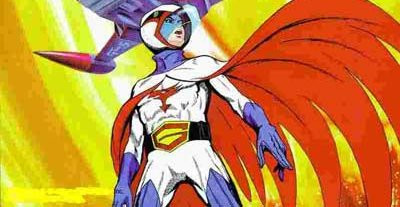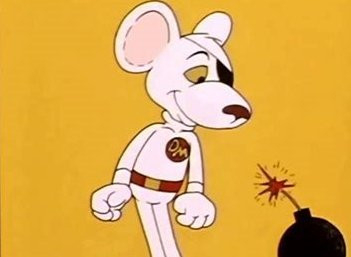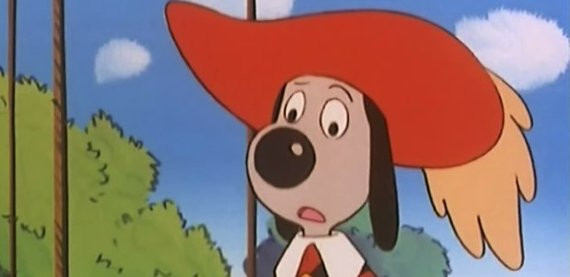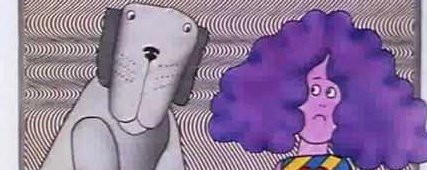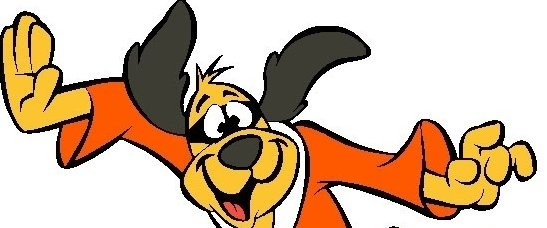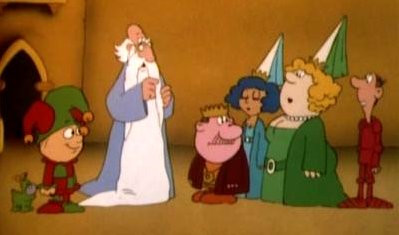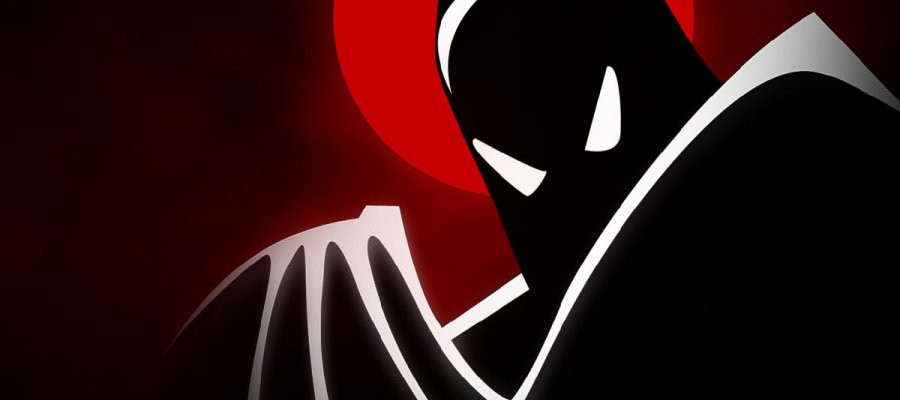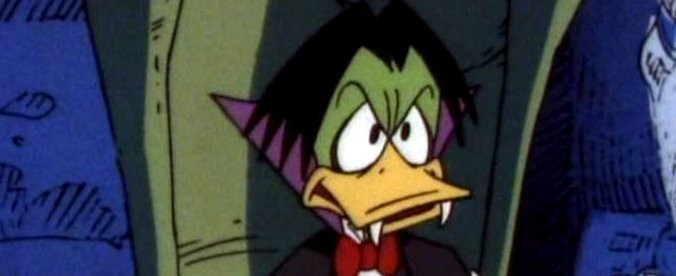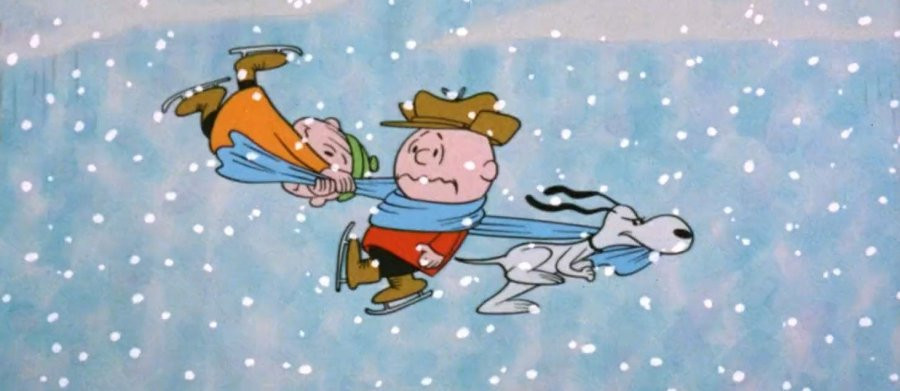
You're a TV Star, Charlie Brown
‘I know nobody likes me, why do they have to have a holiday season to emphasise it?’ These words, spoken within the first few minutes of A Charlie Brown Christmas in 1965 showed us what we were in for over the next 50 years and beyond from the mind of cartoonist Charles M Schulz. The innocence and angst of one Charlie Brown, along with the adventures of his beagle dog Snoopy, best friend Linus and a host of other friends (at least at times they were friends) have captivated audiences through television specials and series for generations.
The success of that first special was the culmination of a great deal of hard work from the creator of the Peanuts gang, Charles M Schulz. As a boy fascinated by the cartooning world, Schulz delighted in seeing his first success as a 15-year-old, a drawing of a family pet published in 1937 in Ripley’s Believe It Or Not. A cartooning course via correspondence followed.

By the time World War Two came to an end, comic strips in America needed to be shorter, snappier and more humorous than they had been before the conflict. Schulz honed his post-war craft locally with a three year run of L’il Folks in a local press, but in 1950 his life would change with the creation of the Peanuts comic strip. It was essentially L’il Folks itself, but sounding too similar to a previous comic strip called Little Folks, Schulz had the title Peanuts assigned to his efforts. With a United Features syndication in the offing, 27 year-old Schulz was hardly in a position to object, although he always said that he didn’t like the title.

From 1950 through to 1965, Charlie Brown and his gang became ever more popular. His dog, Snoopy, started as a simple sidekick, but as time went on he developed from four-legged pet to an independent character walking on two legs, sometimes doubling as a World War II flying ace!
The natural progression for Schulz was television and the gang hit television screens in that Christmas of 1965. Budget, and therefore expectations, of A Charlie Brown Christmas was limited. Ironically, that limited budget and the elements of the first foray onto screens that had sponsors on edge to the point that they wanted the programme pulled were the very things that the public fell in love with.
Two years previous to A Charlie Brown Christmas, a documentary had been filmed but not aired called A Boy Named Charlie Brown. The ingredients for the Christmas favourite were already in place in this shelved 1963 project. Documentary filmmaker Lee Mendelson struck up a friendship with Schulz as well as the jazz musician Vince Guaraldi. When it came to bringing the Peanuts gang to life in their own right, the pair were both brought in along with animator Bill Melendez. The rest, as they say, is history.
A Charlie Brown Christmas contained the classic elements that would serve the Peanuts specials well in the future. Guaraldi’s jazz trio recorded the soundtrack and for a debut animation project, it was a risk. However, the music was a roaring success, earning plaudits from all angles, with his Linus and Lucy theme effectively becoming the theme of the televised specials to follow.

The animation’s lack of slickness played to its favour. The changing size of Lucy’s psychiatrist sign between scenes, repeated dance sequences (edited in later releases with new animation), the simplicity of the animation all added to the charm. Even the use of children to voice the characters worked in its favour, and the lack of a laughter track that left CBS uneasy was vital. A Charlie Brown Christmas, in which Charlie is desperately looking for the true meaning of Christmas, was an instant runaway success and its charm was summed up perfectly in the awarding of a Peabody award, highlighting gentleness as the shows core quality and recognising it as, ‘…a little gem of a show that faithfully and sensitively introduced to television the Peanuts collection of newsprint characters created by Charles Schulz.’
Having almost reluctantly stumbled into success, CBS understandably wanted to capitalise on Charlie Brown’s successful debut and immediately set about progressing another special. Although less well known, certainly to British viewers, Charlie Brown’s All Stars! cemented the qualities that made us fall for Charlie Brown. Here we were introduced to his baseball skills…or lack of them. Charlie is somehow the manager of his team, but the team are woeful. A sponsorship deal with a local store gives Charlie a renewed optimism, but the sponsorship comes at a cost – the female members of his team, plus Snoopy, must be axed. One thing we learn across all subsequent years is that Charlie Brown always wants to do the right thing, so he refuses to make the cuts. Losing the deal, the team – without knowing why the deal was cancelled – vent their fury. Another thing we would grow accustomed to is Charlie becoming referenced as a blockhead. In this case, once Linus has explained to the team that Charlie Brown refused to axe people, they feel bad and turn Linus’s security blanket into a shirt for him.

For Halloween of 1966, a third special was released, returning to the wide-eyed innocence that children have, and allowing Linus to take centre stage. It’s the Great Pumpkin, Charlie Brown sees Linus, much like Charlie in the initial Christmas special, see his faith tested to its limits. He sacrifices trick or treating with his friends to sit in a pumpkin patch in hopes of seeing The Great Pumpkin, who would rise from the patch and bring toys to his believers. Of course, this never happens and he faces ridicule from all, even Sally, Charlie’s sister who normally idolises Linus.
The success and plaudits kept coming for the creative team of Schulz, Mendelson, Melendez and Guaraldi. The next special, You’re In Love, Charlie Brown saw the introduction of the Little Red-Haired Girl, the girl of Charlie’s dreams who he worships from afar, while He’s Your Dog, Charlie Brown sees a misbehaving Snoopy sent back to where he originated – the Daisy Hill Puppy Farm – for obedience lessons, except he never shows up, instead hiding out at the home of Peppermint Patty.
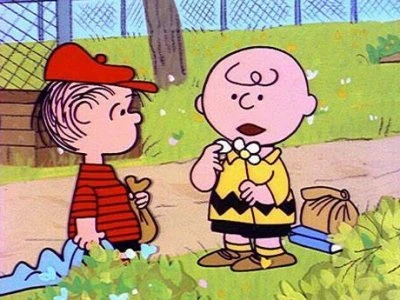
The 1970s only saw the specials gain in popularity. The originals continued to draw in huge viewing figures on re-runs, while new specials such as A Charlie Brown Thanksgiving, and It’s The Easter Beagle, Charlie Brown continued to win awards and new viewers in their droves.
Schulz wasn’t just about entertainment though. He was keen that his cartoons break new ground. He had already added a black character to his strip in 1968 (Franklin) as civil rights issues were so heavily and tragically at the front of American newsreels. Then in 1983 he taught about the horrors of war as the gang visited the scene of D-day landings while in Europe during What Have We Learned, Charlie Brown? In 1990, Schulz even dealt with such an emotive topic as childhood cancer in Why, Charlie Brown, Why? as a new friend of Charlie and Linus deals with chemotherapy at a young age. It was a brave tale, and like so many of the specials garnered a further Emmy nomination.

The last of the specials under the watchful eye of Charles Schulz, It’s the Pied Piper, Charlie Brown was released in the months after his death in 2000. There had also been many individual series, such as the Charlie Brown and Snoopy Show in the mid-1980s. By this time, millions of people around the world, young and old, had accepted the Peanuts gang into their lives and despite Schulz’s demise, Charlie, Snoopy and the rest are all still very much part of the television world. While A Charlie Brown Christmas remains the most talked about of all the 39 specials under Schulz’s watch, everybody has their own favourite memory. The teachers whose mute trumpet voices only imply instructions to the pupils at Charlie’s school; Lucy forever pulling the football away as Charlie tries to kick it, believing that this time it will be his triumph; Snoopy’s World War II battles with the Red Baron from the top of his kennel. Such things are embedded into television culture. Comedies like The Simpsons and Family Guy have their own friendly nods to the cartoons, and even sitcom favourites have their say, The Middle showing Sue Heck alone at an outdoor drive-in she has organised on Halloween while everyone else is off partying in an affectionate nod to The Great Pumpkin.
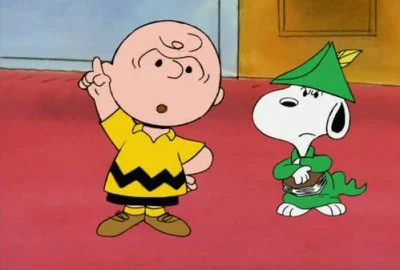
Charlie Brown’s creator once said of his acceptance of the overarching title of Peanuts, ‘It probably doesn’t matter what it is called so long as each effort brings some kind of joy to someone, someplace.’ It did that to millions around the world across multiple generations and continues to do so today, and for that we are grateful. You were a good man, Charles M Schulz.

Article by Brian Slade
Born and raised in Dorset, Brian Slade turned his back on a twenty-five-year career in IT in order to satisfy his writing passions. After success with magazine articles and smaller biographical pieces, he published his first full-length work, `Simon Cadell: The Authorised Biography'.
Brian is a devoted fan of the comedy stars of yesteryear, citing Eric Morecambe, Ken Dodd, Harpo Marx and Dudley Moore amongst his personal favourites. He was drawn to the story of Simon Cadell through not only `Hi-de-hi!' but also `Life Without George', a programme he identified with having grown up in the Thatcher era.
Published on November 27th, 2020. Written by Brian Slade for Television Heaven.


